Sam Raimi and Collaboration in Independent Film
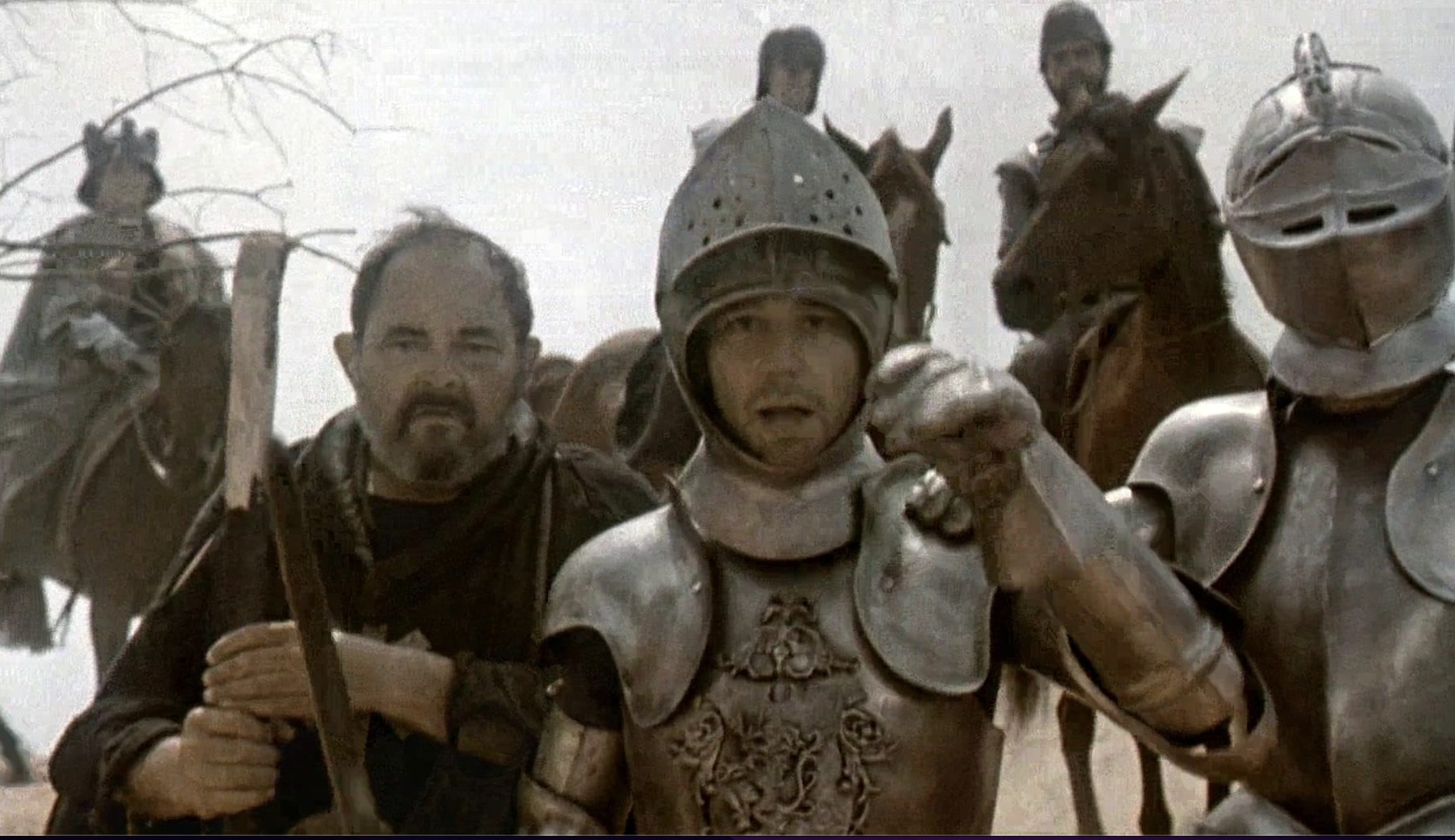
Sam Raimi over his career has gone from independent horror creative to studio filmmaker. But as the director has bounced through genres — horror, superhero, western, character drama, sports, fantasy, and children’s media — the DNA of his independent origins persisted. Nearly every film, even if for just a moment, has the mark of that Three Stooges fan he used to be. Raimi also uplifts other filmmakers developing their style. The Independent’s Rebecca Reynolds details “The Evil Dead” special effects technician Bart Pierce’s horror career in her piece, “Sons of the Evil Dead.”
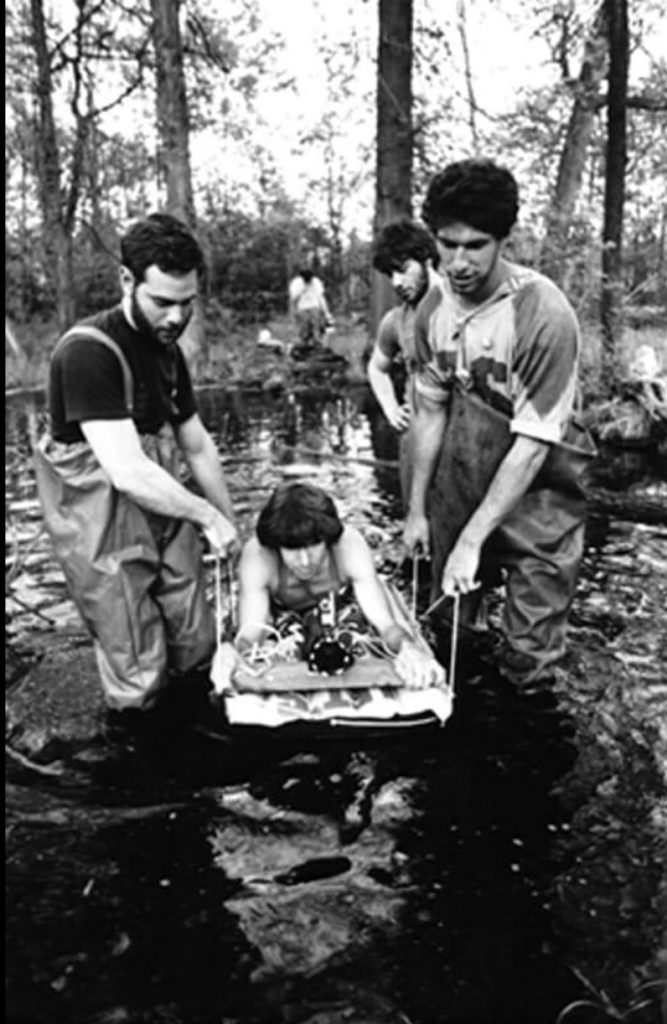
What defined Raimi’s style was his cinematography efforts, mounting a camera to a 2×4 wood plank and carrying it around. This achieved the effect of a “swimming” camera which could reach high and low angles, and maneuver around trees and bodies unnaturally. Sometimes they would make up for a dolly by having the cameraman in a blanket held up by four others to achieve certain angles. It’s a style derived from the limitations of money, but one that Raimi still emulated when working on expensive studio movies like Colombia’s “Spider-Man” and Disney’s “Oz the Great and Powerful.”
Raimi got his start ripping off The Three Stooges. He spent his time in high school and early college filming his childhood friend, Bruce Campbell, on his Super-8 camera. They would mostly involve exaggerated stunts, chases, and bad puns. They would work odd jobs to support these vaudeville comedies while at Michigan State. Raimi would secure help from his roommate, Robert Talpert, and childhood friend, Scott Spiegel, to act in them, the future producer and co-writer of “The Evil Dead” respectively. These connections would last him well into the 2000s.
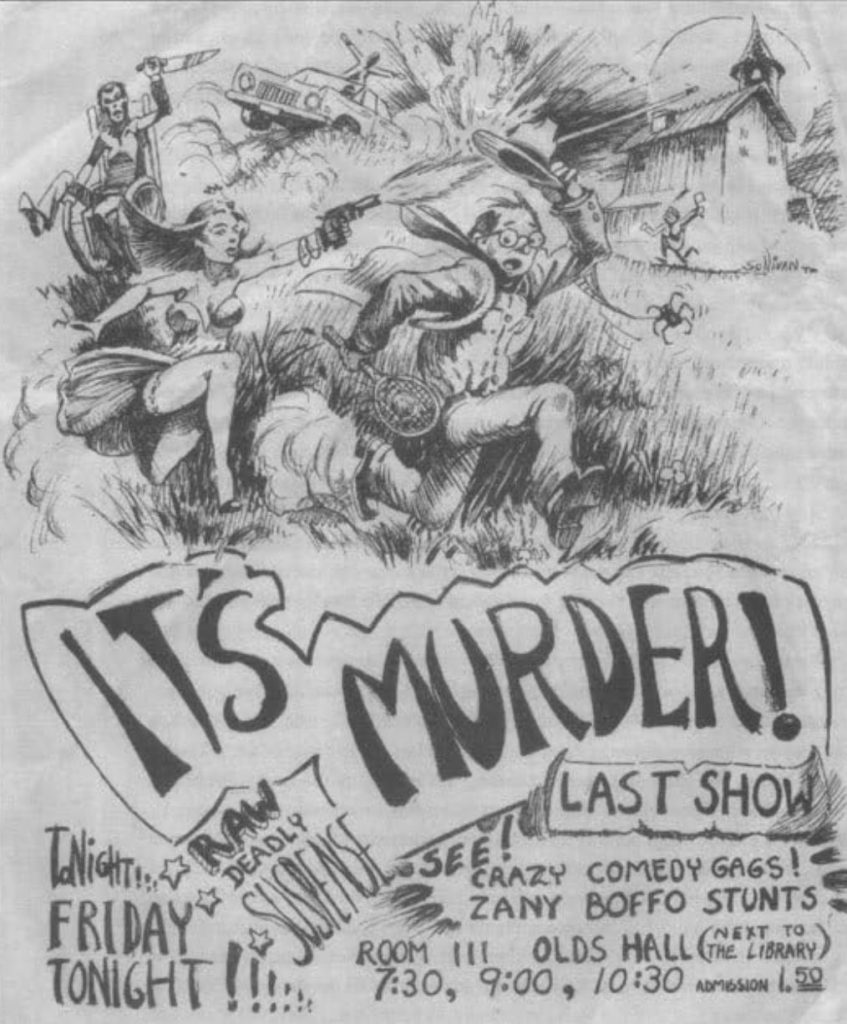
A murder-mystery comedy project “It’s Murder!” pushed the crew towards horror. Bruce Campbell as a detective investigates a wealthy family, while Sam Raimi uses props and pranks to throw him off the case. It flopped in all of its college showings, but Campbell would recount in his 2001 memoir “If Chins Could Kill: Confessions of a B-Movie Actor” that, “Besides comedy, ‘scares’ were the only guarantee of provoking a reaction from the audience.” Raimi had discovered what we now call a jumpscare, seeing how it could entertain. The focus on horror also stemmed from independent horror productions like Tobe Hooper’s “Texas Chainsaw Massacre” (1974) and John Carpenter’s ‘Halloween”(1978).
Talpert asked for help from a lawyer friend of his dad’s, Phillip Gillis, who suggested the boys form a proof of concept to get investors. This resulted in “Within the Woods,” essentially a 30-minute version of “The Evil Dead.” The process involved showing the demo to the eyeballs of anyone they could; family friends and well-off Detroit suburbanites, even playing it after-hours at the grocery store where Raimi worked.
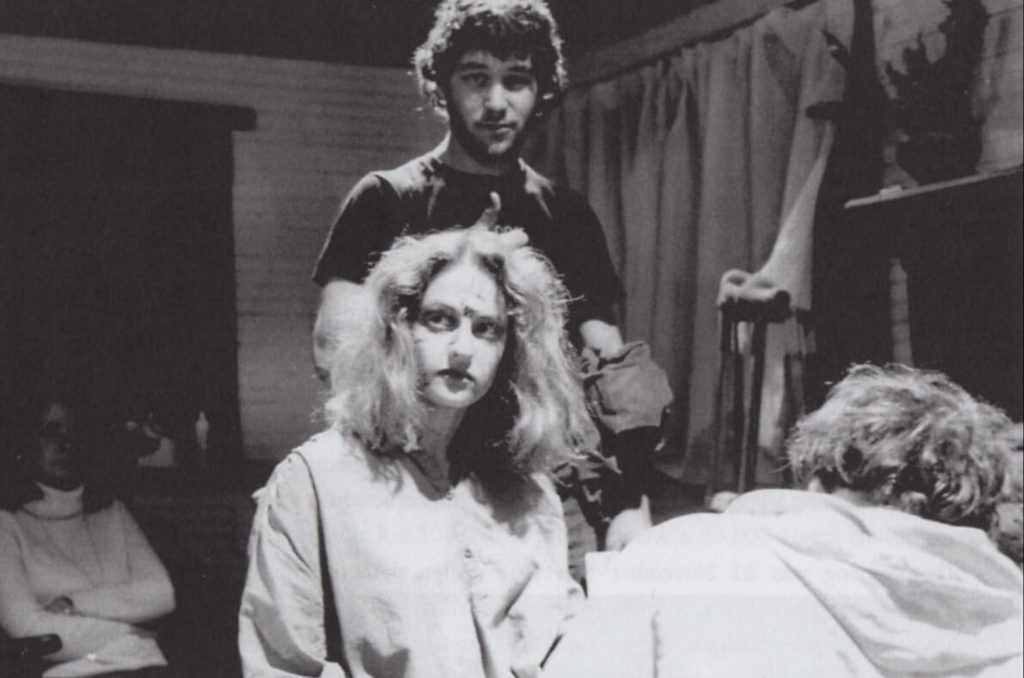
Raimi retells this story often in interviews, the impish college student not taking no for an answer and painstakingly trying to share the film with as many people as possible. Campbell wrote in his memoir how Raimi would spend $200 on posters for “It’s Murder” when admission was under two dollars. He was not press-shy, very open about that crowdfunding background, and a Midwest success story; all of which heavily contributed to the film’s cult status.
Another side of this comes in the grueling set life. Filming incredibly physical and shocking scenes during the freezing winter, it was no surprise multiple actors left after the holidays. This included the main actress, Ellen Sandweiss, who was involved in grueling stunts, including a scene of supernatural sexual assault which Raimi later said he regretted in interviews. Bruce Campbell went through extensive pain while filming fight scenes, constantly drowned in cheap, fake blood, doing real stunts and tossing himself around. This was his first time doing stunts, powered only by his friendship with Raimi.
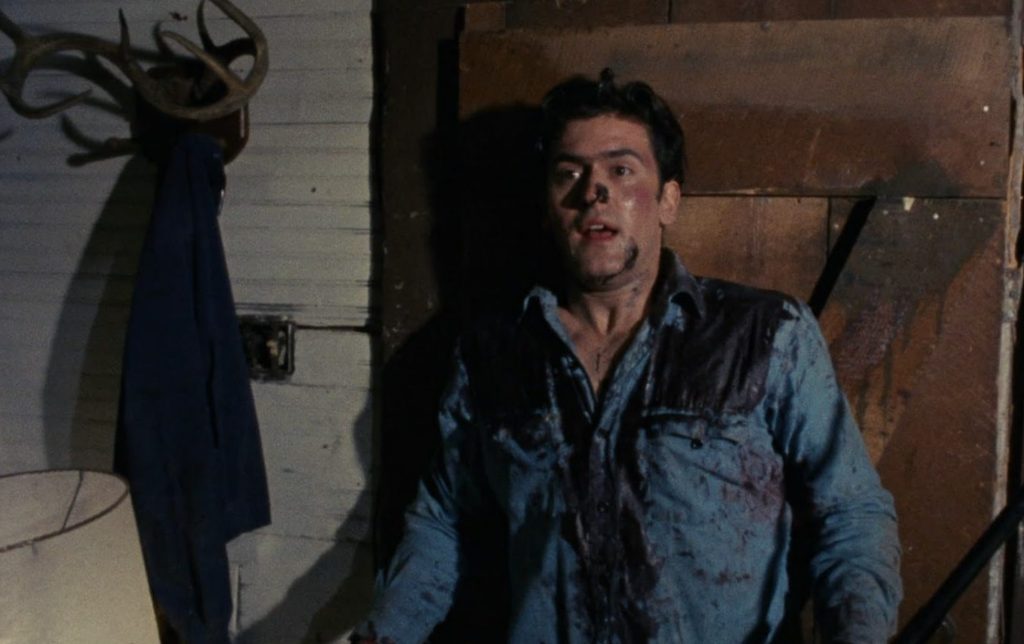
“The Evil Dead” series likely would not have worked without Bruce Campbell’s performance, a close friend willing to endure extreme stunts while understanding Raimi’s slapstick vision. John Kenneth Muir, writing his book “Unseen Force: Films of Sam Raimi”, was able to interview “Evil Dead II” cinematographer Peter Deming on the dynamic between the director and its main star. “They [Sam and Bruce] would refer to things — Three Stooges things; and he would just do it; he got it.”
Another key part of Raimi’s original success was his editing. All three of the original “The Evil Dead” films run for under 90 minutes, packed with comedic or horrific action throughout. The only slow moments serve to heighten the tension and showcase the mental break of Campbell, rather than give the audience time to breathe.
A memorable moment in the first film towards the end comes when Bruce Campbell is preparing for a demonic attack, his back practically glued to the door. The camera lingers on his sweaty face and his eyes dart around the cabin, letting him have a moment to laugh at himself, then focusing back quickly when Campbell is alerted by footsteps. The only sound besides that is the howling wind. This whole sequence represents a prelude to a jumpscare, a reused scare from “Within the Woods.” The film’s editors Edna Ruth Paul and Joel Coen made it so effective, understanding the importance of giving the audience a false sense of safety.
Raimi would extend the favor to Coen, helping him film his own pitch version of his first film “Blood Simple,” like “Within the Woods.” Invariably, due to their collaborations and similar Midwestern origins, Raimi and the Coens often end up getting compared in styles and genres. Often, this leads to critics chalking the pair up to a “high art vs. low art” comparison. When Raimi was asked by film critic Maitland McDonaugh about the differences, he responded with, “We’ve always been secret collaborators….My movies are more about entertainment, the Coens’ movies are made for you to think about afterward…For me, it all boils down to whether or not the audience is having a good time in the theater.”
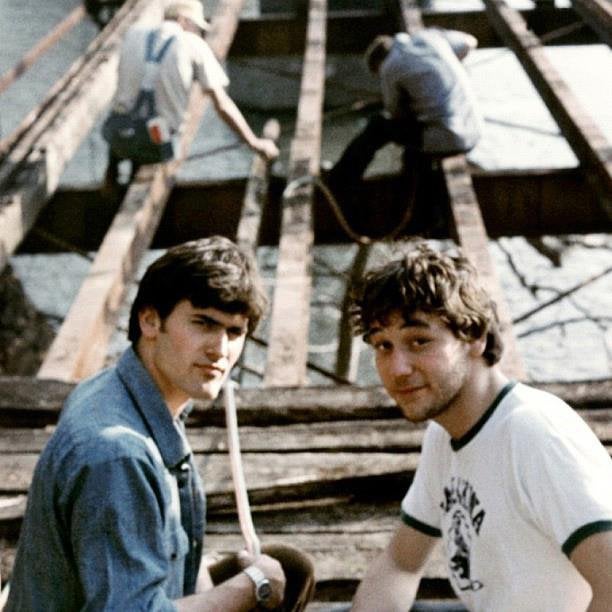
Learning from the successful crowdfunding and hellish production of “ The Evil Dead,” the key is collaboration. Raimi only conflicts with studios, particularly around their decisions to not cast Campbell as the lead nor remove his musicians, while Muir’s book details nothing but praise from actors on set. The cast leaving the production of the first film likely shaped his future approach.
It’s not just a can-do attitude that launches successful independent projects, but forming close relationships with your cast and playing to their strengths. Many of his projects involve family members or close friends, like Bart Pierce as a sound technician. Independent film revolves around freedom from the studios, to get out a different creative vision than mainstream blockbusters; that vision thrives with multiple people.
